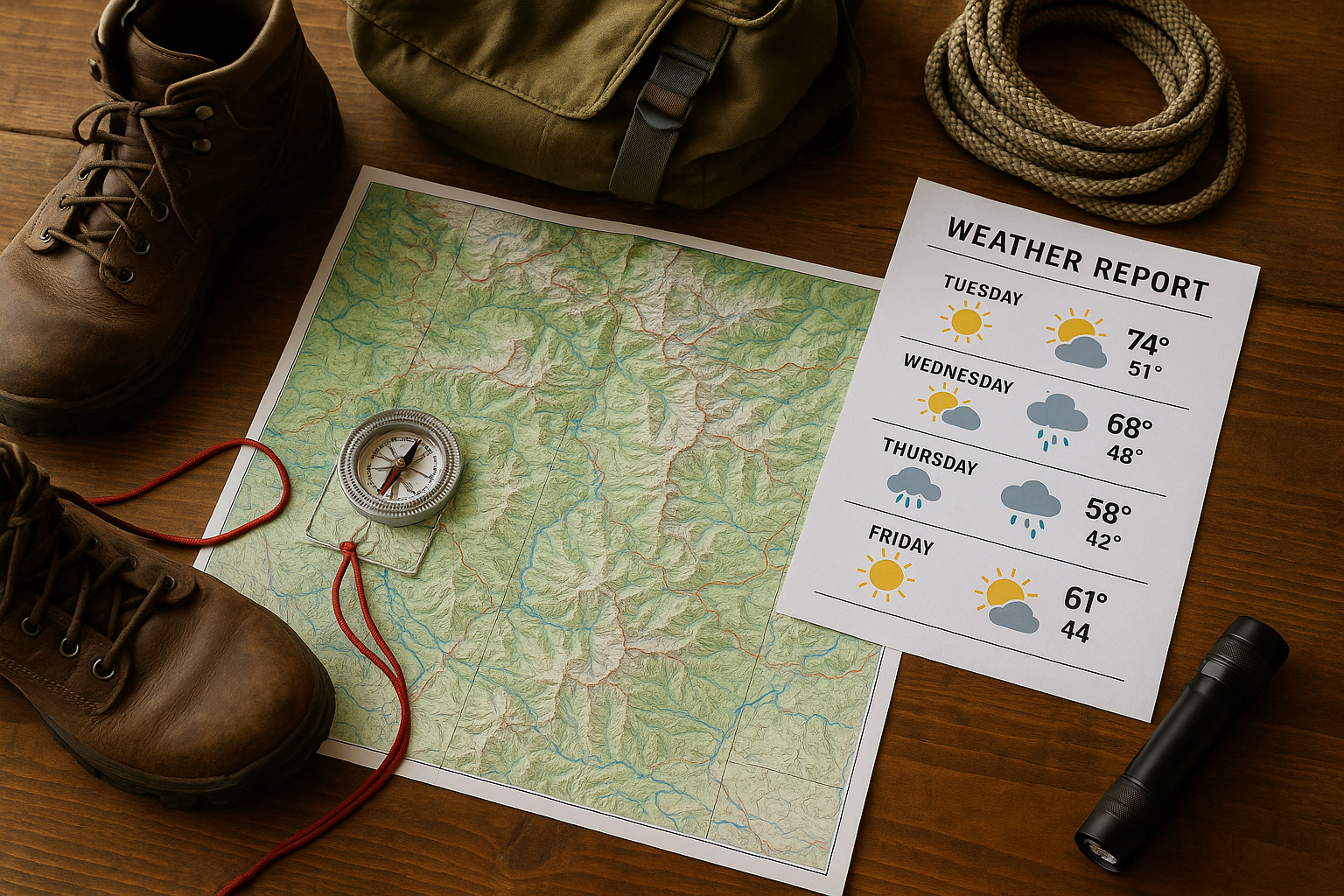Transform Waste into Gold Join Sustainable Packaging Consumers Now
Imagine transforming everyday waste into valuable assets while contributing to a sustainable future—by exploring sustainable packaging options now, you can turn environmental responsibility into a profitable venture.
Understanding the Value of Sustainable Packaging
Sustainable packaging is more than just a trend; it's a necessity in today's environmentally conscious world. As businesses and consumers become increasingly aware of their environmental impact, the demand for eco-friendly packaging solutions has risen significantly. This shift is driven by the growing recognition that traditional packaging materials, such as plastics, contribute to pollution and environmental degradation. By adopting sustainable packaging, you can not only reduce waste but also enhance your brand's image and appeal to eco-conscious consumers.
Types of Sustainable Packaging
Sustainable packaging comes in various forms, each offering unique benefits. Biodegradable packaging, for instance, breaks down naturally over time, reducing landfill waste. Compostable packaging goes a step further by enriching the soil as it decomposes. Recyclable materials, such as cardboard and certain plastics, can be reprocessed into new products, conserving resources and energy. These options provide businesses and consumers with versatile solutions that align with environmental goals.
Economic Benefits of Sustainable Packaging
Adopting sustainable packaging can lead to significant cost savings and increased revenue. Businesses that invest in eco-friendly packaging often experience reduced material costs and lower waste disposal fees. Moreover, sustainable packaging can enhance brand reputation, leading to increased customer loyalty and higher sales. A study by Nielsen found that 66% of global consumers are willing to pay more for sustainable brands1. This demonstrates that consumers value sustainability and are willing to support companies that prioritize it.
Real-World Examples
Many companies have successfully integrated sustainable packaging into their operations. For example, Unilever has committed to making all of its plastic packaging recyclable, reusable, or compostable by 20252. Similarly, Coca-Cola is working towards a world without waste by collecting and recycling a bottle or can for every one it sells by 20303. These initiatives not only contribute to environmental sustainability but also enhance corporate responsibility and consumer trust.
How to Get Started
Transitioning to sustainable packaging involves evaluating your current packaging materials and identifying areas for improvement. Consider partnering with suppliers who specialize in eco-friendly materials and can provide guidance on best practices. It's also important to educate your team and customers about the benefits of sustainable packaging, fostering a culture of sustainability within your organization. By taking these steps, you can position your business as a leader in environmental stewardship.
Exploring Further Resources
For those interested in diving deeper into sustainable packaging options, numerous resources are available online. Websites such as the Sustainable Packaging Coalition offer valuable insights and tools to help businesses implement sustainable practices4. By following these options, you can stay informed about the latest developments in sustainable packaging and discover innovative solutions that meet your needs.
Embracing sustainable packaging not only benefits the environment but also offers significant economic advantages. As you explore the opportunities and solutions available, you'll find that turning waste into gold is within reach. Visit websites and browse options to find the perfect sustainable packaging solutions for your needs, and join the movement towards a more sustainable future.







